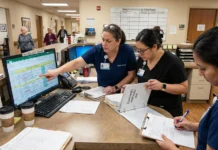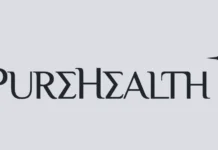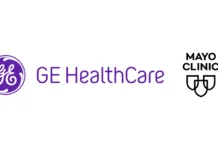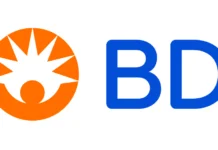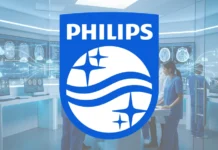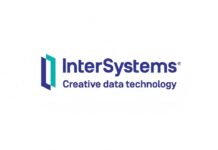ZOLL Medical Corporation, a manufacturer of resuscitation devices and related software solutions, announced today that the Kuopio University Hospital (KUH), one of the largest hospitals in Finland, has successfully implemented the AutoPulse® Non-invasive Cardiac Support Pump in its Intensive Care department. KUH is the first hospital in Finland to establish protocols for using the AutoPulse.
Jouni O. Kurola, M.D., Department of Anesthesiology and Intensive Care, KUH, recommended the implementation following a successful evaluation of an AutoPulse provided to the hospital by ZOLL. “It is remarkable to see how fast our nursing staff adopted the AutoPulse system in our Intensive Care unit,” he said. The AutoPulse gives us the opportunity to provide the best possible care for Sudden Cardiac Arrest (SCA) victims. Our colleagues in Interventional Cardiology have learned from our successes and now use the device as well.”
AutoPulse is an automated, portable device with an easy-to-use, load-distributing LifeBand® that squeezes a wider area of the chest in a consistent, uninterrupted “hands-free” manner, improving blood flow to the heart and brain during cardiac arrest.
Richard A. Packer, Chairman and Chief Executive Officer of ZOLL said, We’re pleased that Kuopio University hospital, one of the largest and most respected in Finland, has recognized the potential the AutoPulse® has to provide care for SCA victims in their Intensive Care department and Cath Lab by delivering consistent, high-quality chest compressions. AutoPulse moves more blood more effectively than manual compressions, thereby providing the best possible patient care.





